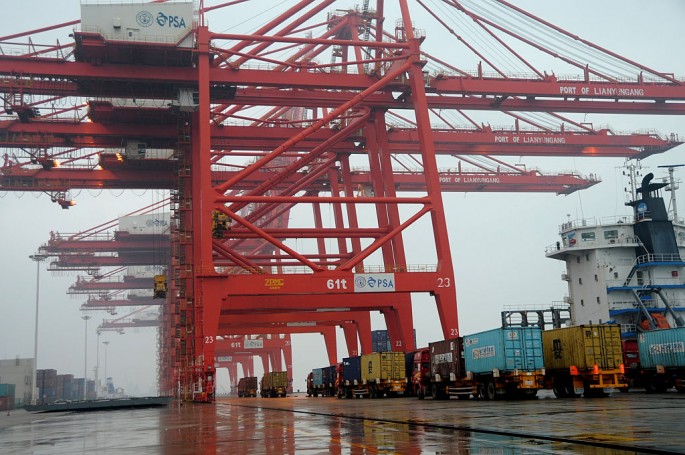China’s import and export growth based on the figures released by the General Administration of Customs (GAC) prove to be quite a puzzle as several media outlets interpret it differently amid the country’s economic slowdown.
According to the data from GAC, imports increased to about 5.1 percent in May which CRI English considers as a significant growth from April's 4.1 percent.
However, the same data may also mean that China is still far from being considered an economy in "full health," according to CNBC News.
On the Positive Side
According to Bloomberg, the newly released customs data shows stabilization in the exports from China, while imports experienced "the smallest drop since late 2014."
Talking to the outlet, Royal Bank of Scotland Plc chief greater China economist Harrison Hu explained that the worst is over and that the country may see better days from now on.
"The worst time for Chinese exports has passed," Hu said. "The quantity of exports actually showed a subdued increase. The yuan also depreciated against a basket of currencies, which supports exports."
Furthermore, Bloomberg Intelligence economists Tom Orlik and Fielding Chen believe that the "modest" drop in import and the continuing weakness of exports should be supported by the moderate depreciation of China's currency, the yuan.
"Looking forward, moderate depreciation of the yuan should provide a cushion for competitiveness," they wrote in the report. "With domestic infrastructure and real estate the only show in town, policy makers will be constrained to keep stimulus in place."
Echoing their opinion, research bureau chief economist of the People's Bank of China Ma Jun believes that the bank's choice to keep the main rate at a record low will help support the growth of the economy.
"The weakening momentum of global growth is our main reason to lower the forecast," he said. "A 10-percentage-point decline in exports can drag GDP growth down by about 1 percent."
The Negative
On the other hand, the lower export means there would be a surplus of supplies retained in the country.
This time, CNBC News noted, the trade surplus reached as much as $49.98 billion, a significantly higher amount compared to April's $45.56 billion.
Moreover, the first five months of this year saw annual exports at 7.3 percent lower and imports 10.3 percent down from their previous records.
So far, the market's reaction to this data has been "relatively muted," CNBC noted, which means that mainland growth is expected to be subdued in the months to come.
"China's export growth is likely to remain subdued going forward," Capital Economics China economist Julian Evans-Pritchard explained. "While we don't anticipate much more of a slowdown in global growth given that the worst is probably over for many emerging markets, we don't foresee a significant pick-up either."



























